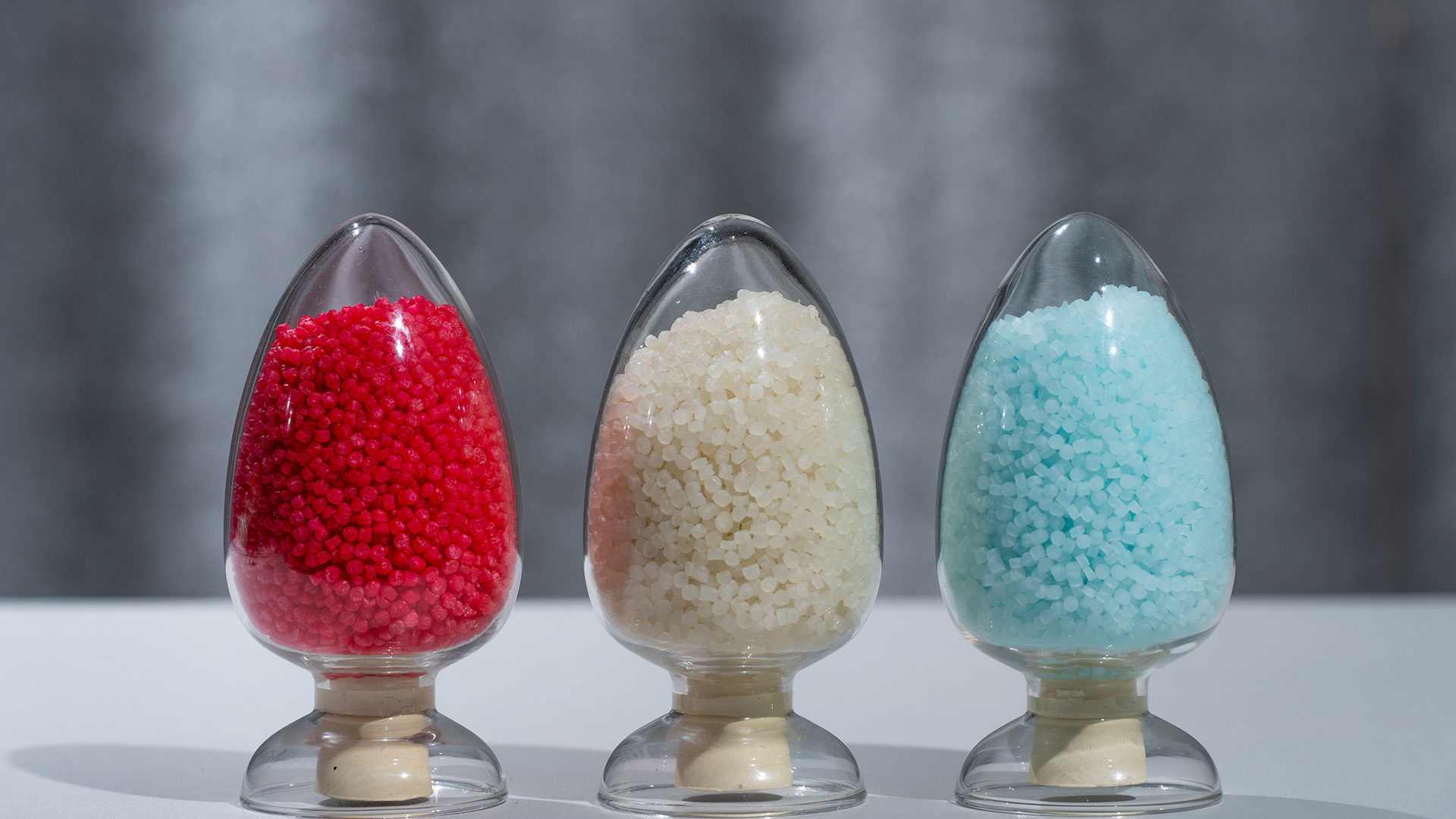
As is well known, starch can be metabolized by various microorganisms to form fermentation products that are easily degradable and renewable in plants. PVA is also prone to biodegradation, but the process is particularly slow. Moreover, the number of microorganisms that degrade PVA is very limited compared to the number of microorganisms that degrade aliphatic polyesters. Many researchers have studied the biodegradability of starch and PVA blends. It was found that the biodegradation rate of starch and PVA composite films is related to the content of PVA in the composite material. The blend degrades significantly faster than pure PVA. It was found that the starch glycerol sample could be degraded to a weight loss of up to 70% within 22 days, however, after the addition of PVA, the weight loss rate was only 59%, which also indicates that the addition of PVA slowed down the degradation process of the sample. The degradation process of thermoplastic starch and PVA under anaerobic conditions was studied, mainly simulating the exposure environment of household waste. The results showed that PVA was present throughout the degradation process, while starch was almost completely degraded. However, the content of PVA significantly affected the degradation rate of starch. The degradation process of modified starch and PVA blends was evaluated, and a bioactivity kinetic model was also established. The results showed that the degradation rate of PVA increased with the addition of starch. Based on the kinetic model, in the first order reaction process, the growth rate of microorganisms increases with the increase of starch content. et al. characterized the biodegradability of PVA, starch and cellulose films in the presence and absence of crosslinkers. The results showed that the composite films generally biodegraded within 30 days, while 50% to 80% of the minerals were obtained. The degradation rates of pure PVA and crosslinked blends were relatively slow.
Our raw materials base on PVA + 50%+ starch, which can help to lower the cost and increase the effeciency to create products.


